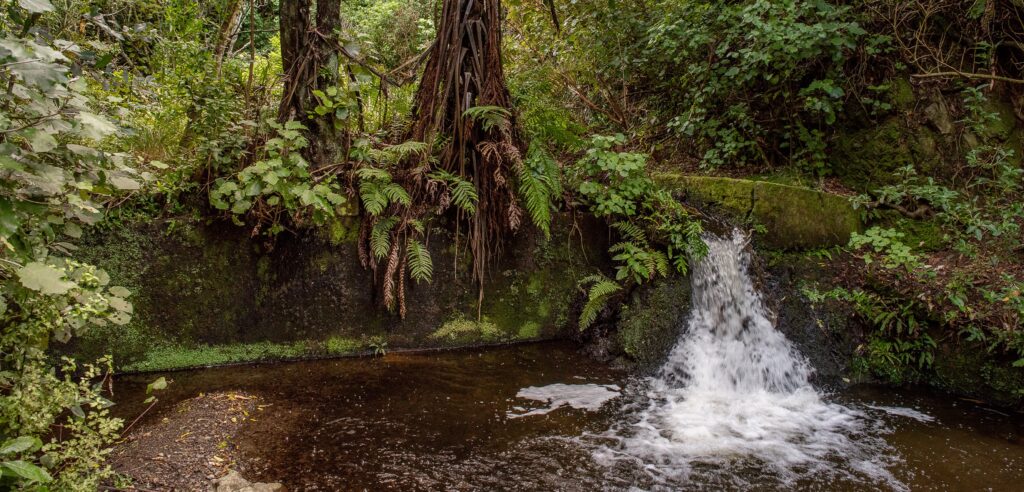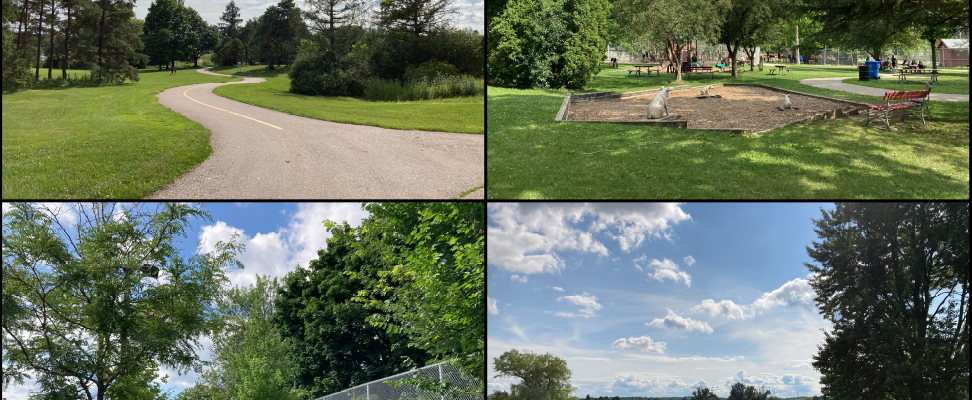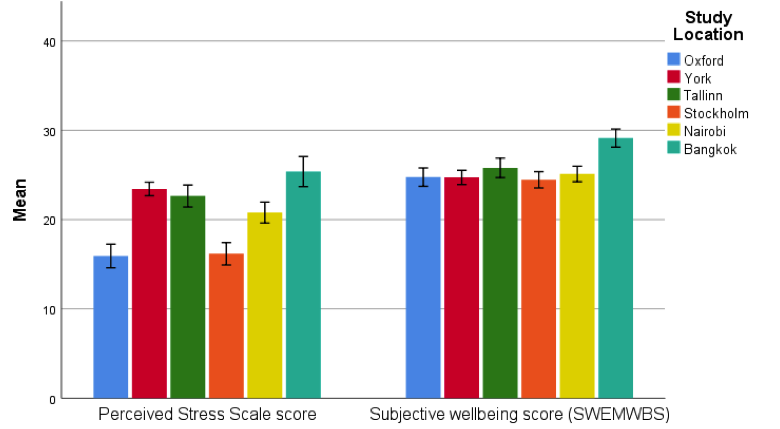City Know-hows

This work unveils the heterogeneous preferences of different hospital users for green infrastructure improvements that could improve their health and wellbeing. Moreover, it shows that distinct motivations determine their demand for spending time outdoors and their willingness to pay for these improvements.
Share
Target audience
Hospital estates departments, Urban planners
The problem
The underuse of the outdoor grounds in public facilities and the need to consult with its potential users on the ground’s enhancement with green infrastructure to address their needs. This is especially relevant for public hospitals where access to green infrastructure has the potential to significantly improve the wellbeing of its users.
What we did and why
We elicited the preferences of staff, visitors, and inpatients of Musgrave Park Hospital in Belfast for different types of green infrastructure improvements. Following, we identified the determinants of the hospital users’ demand for spending time outdoors and their willingness to pay. The study’s results informed the Estates Department about the improvements that would address the heterogeneous needs of the hospital’s users, provided monetary values for the corresponding benefits, and highlighted remaining challenges.
Our study’s contribution
This study provides evidence from a local case study on how consultation with stakeholders can inform the management of public facilities’ outdoor grounds. More specifically, it presents a case for improving green infrastructure according to the diverse needs of its potential users. Additionally, it makes use of stated preference methods to provide monetary estimates associated with the health and wellbeing benefits generated from different types of green infrastructure for different hospital users.
Impacts for city policy and practice
Given the results of this study, it becomes clearer that interventions in public facilities can affect the welfare of individuals in various ways, depending on their heterogeneous needs. Understanding their preferences can facilitate the effective targeting of the needs of vulnerable populations such as hospital staff, visitors and inpatients, to achieve better outcomes in tackling health inequality, reducing stress, and improving physical activity uptake.
Further information
Full research article:
Related posts

New ways of integrating indigenous knowledge in landscape architecture design

How did parks and greenspace use change three months into the pandemic? Parks and greenspace can help mental health, but also may be sites of virus transmission.
